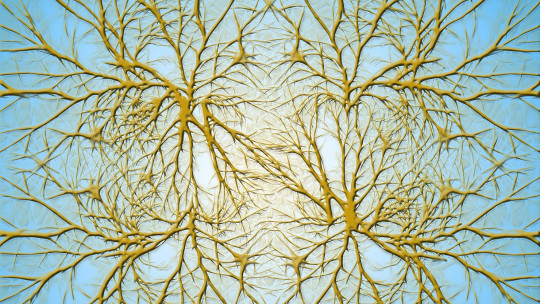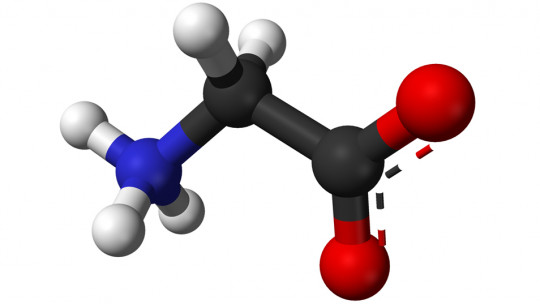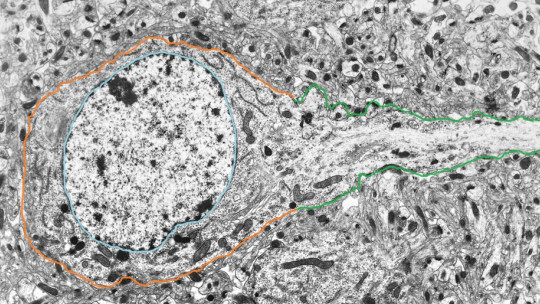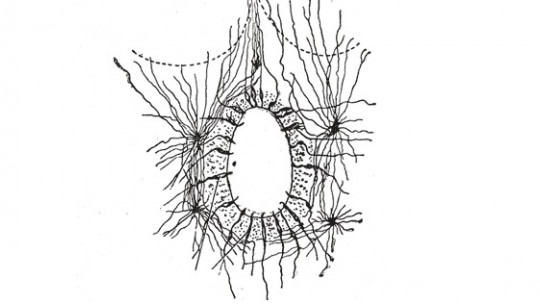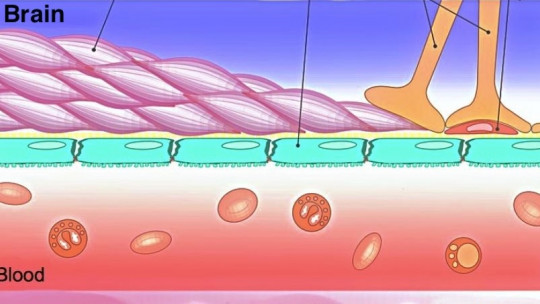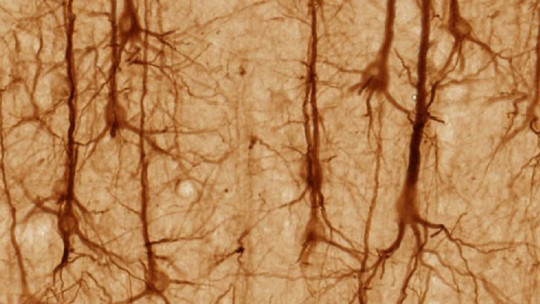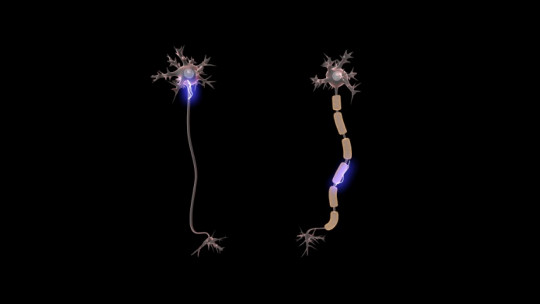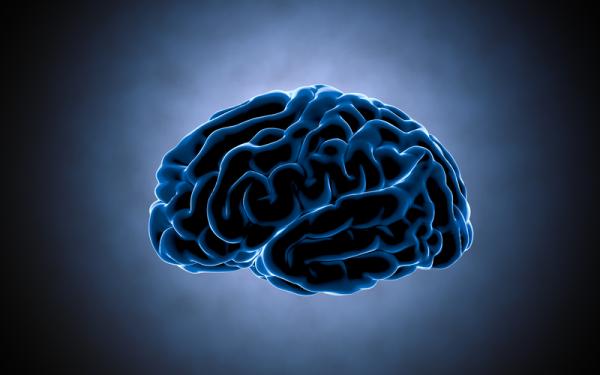The human body has great complexity, mainly due to the large number of muscles, tissues, organs, joints, neurons, chemicals and cells present. To answer questions about the functioning of the different parts of the body, various investigations have been carried out for a long time. Some of these processes occur without us realizing it, however, when diseases or difficulties arise, we are all aware of the importance of the body’s proper functioning.
In this sense, biology has a fundamental role in understanding the functioning of many chemical substances given the function of each of them. In this PsychologyFor article we will explain What is histamine and what is it for?
What is histamine
Histamine is a chemical substance emitted by the central nervous system that is released in situations that cause difficulty for the body. In this way, it works as a defense mechanism that the human body produces through the immune system to protect yourself from external stimuli that may cause specific harm to the person.
If you want to know more about this topic, in the following article you will find What are neurotransmitters.
What is histamine used for?
Given the importance of this substance in the body, it is important to understand its usefulness. Below we show you some functions of histamine:
- Collaborates in the responses of the immune system against pathogenic agents.
- Regulates vital functions such as sleep, memory, learning or locomotion, among others.
- It produces inflammation of nervous tissues.
- Enables greater self-control in sexuality.
Effects of histamine on the body
What happens when histamine is released? In order for the body to process the information sent and received by neurons, it is necessary to have certain specific receptors. In the case of histamine, the mode of synthesis that appears in certain regions of the human body is generated by four types of receivers:
- H1: belongs to the G protein. When histamine is released, the intestinal and bronchial muscles contract. On the other hand, the H1 receptor is also associated with the flow of gastric acid.
- H2: they bind with the G protein. The H2 receptor collaborates in the functionality of the digestive system, which is also linked to the secretion of gastric acid.
- H3: This type of receptor brings with it unfavorable effects for the regulation of the human organism. On the one hand, it acts in the inhibition processes of functions such as the absorption of nutrients and the uptake of vital neurotransmitters, among others.
- H4: The last receptor associated with histamine is located in the region of the spleen and surrounding areas. In general terms, it has been seen to trigger bodily reactions to external factors, such as allergies.
Relationship between histamine and diet
Histamine is a chemical substance that can alter the eating cycle of a person, depending on the difficulties they go through. On some occasions, this fact manifests itself as a result of an accumulation of histamine in the body, since some foods contain large amounts of this chemical compound, such as yogurt, mushrooms, pumpkins, strawberries, tomatoes, oily fish, etc.
The main reason that can cause these complications lies in the body’s inability to degrade certain molecules. As a result, certain enzymes will not work properly and physical problems may occur.
Physical symptoms of histamine intolerance
Likewise, some people may have histamine intolerance and experience some Adverse effects in the body:
- Diarrhea.
- Rashes.
- Low blood pressure.
- Headaches.
- Runny nose.
- Gastric acidity.
- Sensation of heat in the body.
- Irregular heartbeat.
- Nasal congestion.
- Premenstrual syndrome in women.
However, to confirm whether there is an intolerance to histamine, it will be necessary to carry out medical studies. In this way, a dietary plan can be adapted according to the particularities of each person in terms of their genetic composition.
Relationship between histamine and allergies
What is the relationship between histamine and allergies? According to some research, there is a increase in the number of allergies when the release of this hormone occurs. For this reason, it is common for people to be medicated with antihistamines when allergies persist for a long period of time.
Allergies are responses that the body produces against pathogenic factors that come from outside. However, these types of body reactions are related to the action of the H1 receptor, since they consist of a type of hypersensitization that can cause various difficulties depending on the specific qualities of each person.

This article is merely informative, at PsychologyFor we do not have the power to make a diagnosis or recommend a treatment. We invite you to go to a psychologist to treat your particular case.
If you want to read more articles similar to What is histamine and what is it for? we recommend that you enter our Neurosciences category.
Bibliography
- Aquino-Miranda, G., Arias-Montaño, JA (2012). Neuromodulation and histamine: regulation of neurotransmitter release by H3 receptors. Mental Health Magazine, 35 (4), 345-352.
- Montes Montes, J., Flores Flores, J., Barrón, EA (2005). Histamine, receptors and antagonists. Medigraphic Magazine68 (3), 164-169.

